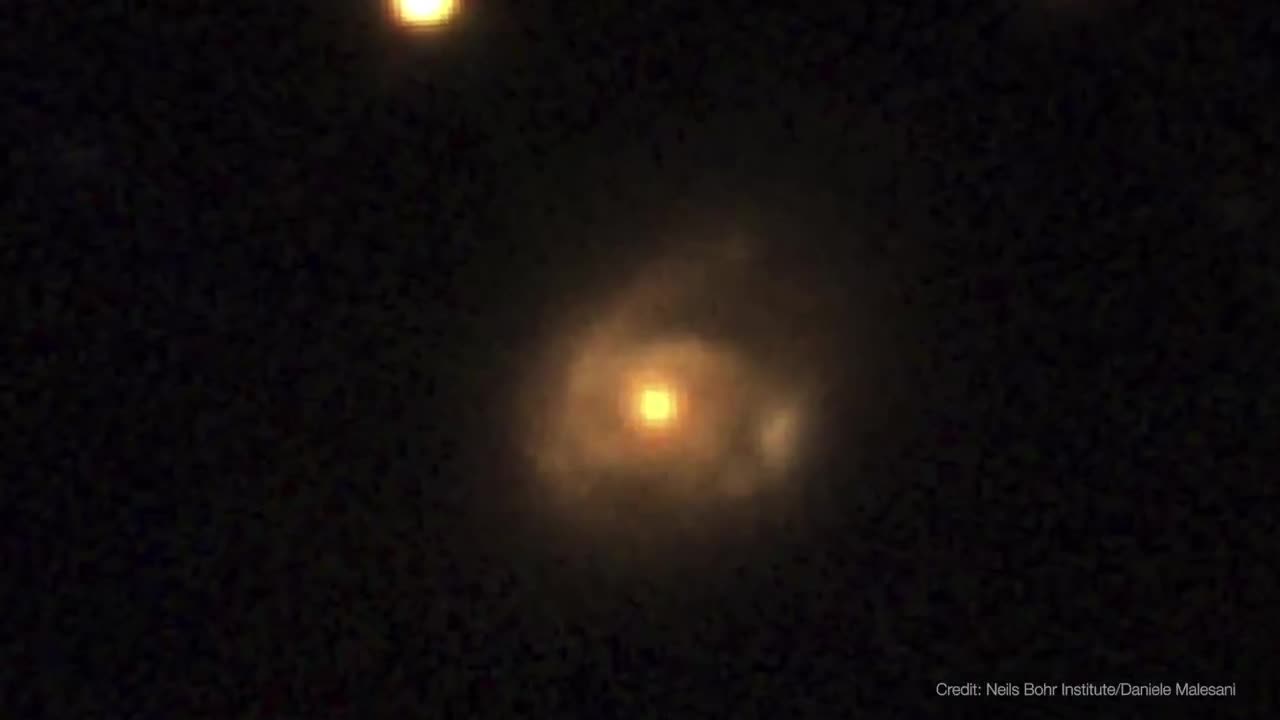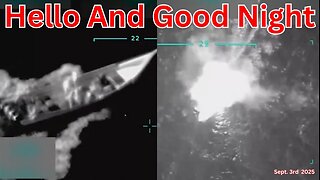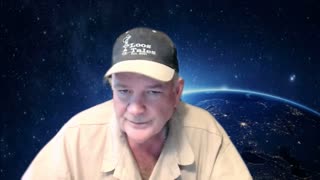Premium Only Content

Feasting Black Hole: A Cosmic Snack Attack
In the vast cosmic theater, where stars and black holes dance to the gravitational tune of the universe, a remarkable discovery has ignited the imaginations of astronomers. Meet Swift J0230, a celestial enigma found in the depths of a distant galaxy, over 500 million light-years away, nestled within the northern constellation Triangulum.
This captivating revelation comes courtesy of NASA's Neil Gehrels Swift Observatory, a marvel of scientific exploration launched in 2004. It's here, in the heart of the cosmos, that scientists have unveiled an enthralling cosmic drama. Picture this: a Sun-like star, venturing perilously close to a colossal black hole, its very existence hanging in the balance.
As the star draws near, the relentless gravitational forces of the black hole begin to flex their might. They create tidal forces so immense that the star is stretched and torn apart, like a cosmic act of creation and destruction in one breathtaking moment. This dramatic phenomenon is what astronomers call a "tidal disruption event." It's a celestial spectacle where a star is devoured by the voracious appetite of a black hole, unleashing a symphony of multiwavelength light that reverberates across the cosmos.
But Swift J0230 has something unique up its celestial sleeve. Instead of succumbing to the black hole's embrace in one fell swoop, it teases its cosmic predator with a mesmerizing dance of survival. Each time it approaches the black hole, the star swells and sheds material, like a celestial flirtation with destiny. And yet, it somehow manages to escape the clutches of its gravitational captor, only to repeat the mesmerizing waltz over and over again.
This celestial ballet unfolds thanks to Swift's X-ray Telescope (XRT), which captured Swift J0230's cosmic performance for the first time on June 22, 2022. Since then, this enigmatic star has lit up the night sky with a series of dazzling outbursts, occurring roughly every few weeks, much to the delight of eager astronomers.
Intriguingly, Swift J0230 appears to be a repeating tidal disruption event, where the star's fate hangs in the balance with each encounter, all while orbiting a black hole of mind-boggling proportions, over 200,000 times the mass of our Sun. It's estimated that with each pass, the star sheds a staggering three Earth masses of material, a cosmic spectacle that pushes the boundaries of our understanding of the cosmos.
This celestial revelation, Swift J0230, not only captivates our imaginations but also serves as a bridge to unlock the secrets of other suspected repeating disruptions. It offers a cosmic canvas on which scientists can paint the intricate interplay between different types of stars and black holes, unveiling a mesmerizing tapestry of behaviors that continue to challenge our cosmic comprehension.
But how did we uncover this cosmic gem? Thanks to a cutting-edge tool known as the Swift X-ray Transient Detector, which automates the search for such celestial wonders. After scanning a portion of the sky, the instrument transmits its findings to Earth, where a sophisticated program compares them to previous snapshots. When the X-ray sky shows signs of change, scientists receive a cosmic alert, allowing them to swiftly coordinate additional observations and dive deeper into the mysteries of the universe.
In the grand cosmic theater, where stars twirl and black holes beckon, Swift J0230's captivating performance reminds us that the universe is a stage where the most extraordinary stories unfold, waiting to be discovered by those who dare to look beyond the stars.
-
 LIVE
LIVE
Wendy Bell Radio
5 hours agoHello And Good Night
7,285 watching -
 LIVE
LIVE
LFA TV
2 hours agoLFA TV ALL DAY STREAM - WEDNESDAY 9/3/25
6,257 watching -
 1:23:53
1:23:53
JULIE GREEN MINISTRIES
3 hours agoLIVE WITH JULIE
78.2K116 -
 18:23
18:23
Producer Michael
20 hours agoWHAT REALLY HAPPENED IN DUBAI!
50.3K6 -
 6:32
6:32
Blackstone Griddles
14 hours agoCajun Smashburgers with Bruce Mitchell | Blackstone Griddles
17.5K9 -
 43:16
43:16
The Finance Hub
18 hours ago $5.33 earnedBREAKING: DONALD TRUMP JUST SHOCKED THE WORLD!
23.6K12 -
 2:00:57
2:00:57
BEK TV
1 day agoTrent Loos in the Morning - 9/03/2025
17.1K -
 LIVE
LIVE
The Bubba Army
23 hours agoNick Hogan Sues Bubba to BLOCK the DOC - Bubba the Love Sponge® Show | 9/03/25
1,626 watching -
 8:01
8:01
MattMorseTV
14 hours ago $12.75 earnedHe's ACTUALLY doing it...
90.5K84 -
 33:25
33:25
Uncommon Sense In Current Times
17 hours ago $4.74 earnedHollywood’s Woke Agenda Exposed | Kevin Sorbo on Cancel Culture, Faith & the Common Sense Revolution
42.3K3